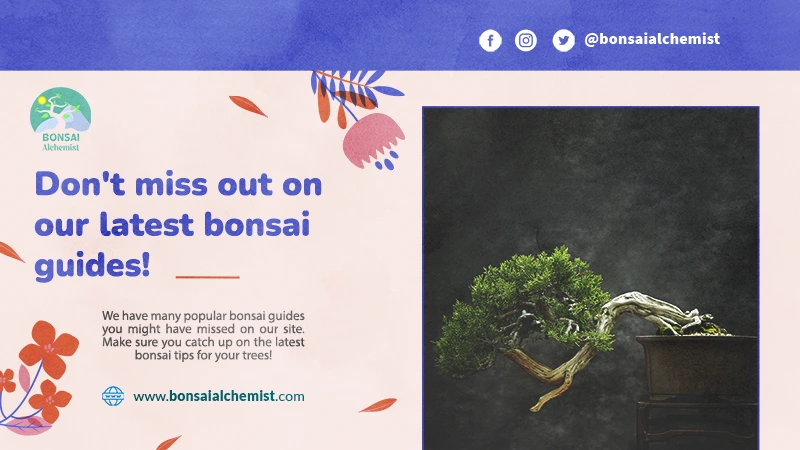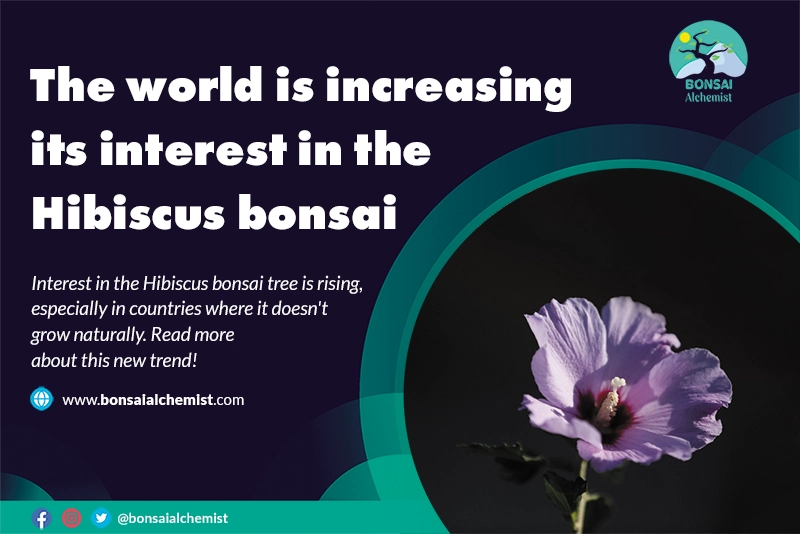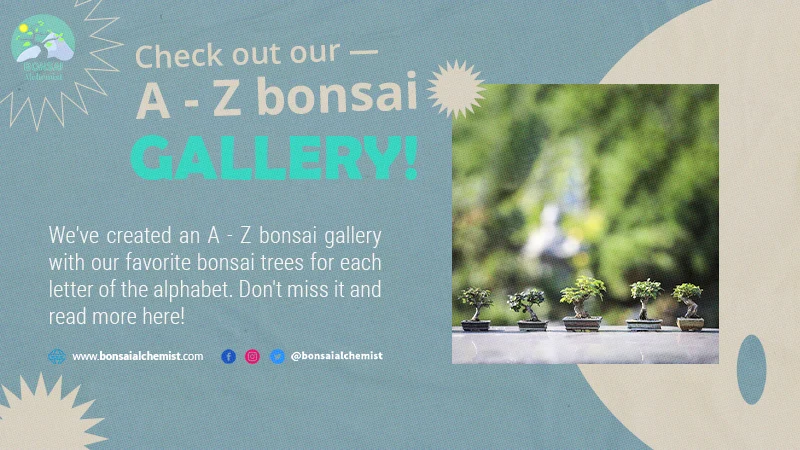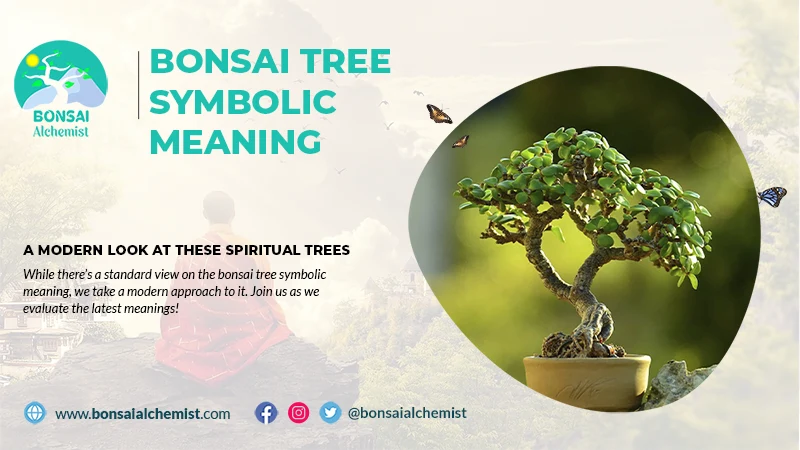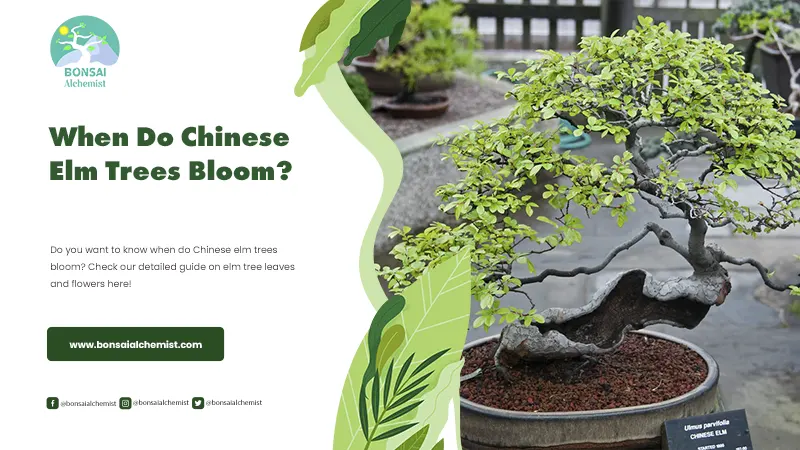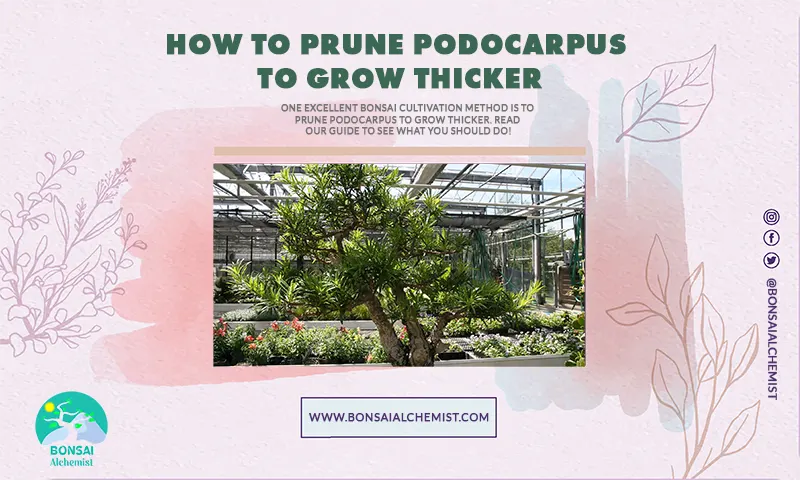The Stunning Colors Of Bonsai
We’ve been having some discussions with our readers about what they love about their magnificent trees. Apparently, the colors of bonsai are what attract them the most. Many people find the soft hues comforting, giving them something else to stare at during a hard day’s work.
In today’s news article, I’ll look at the various colors of bonsais, not only on the actual tree but also in the surrounding area. It will explain why so many people are looking for stunning flowering species.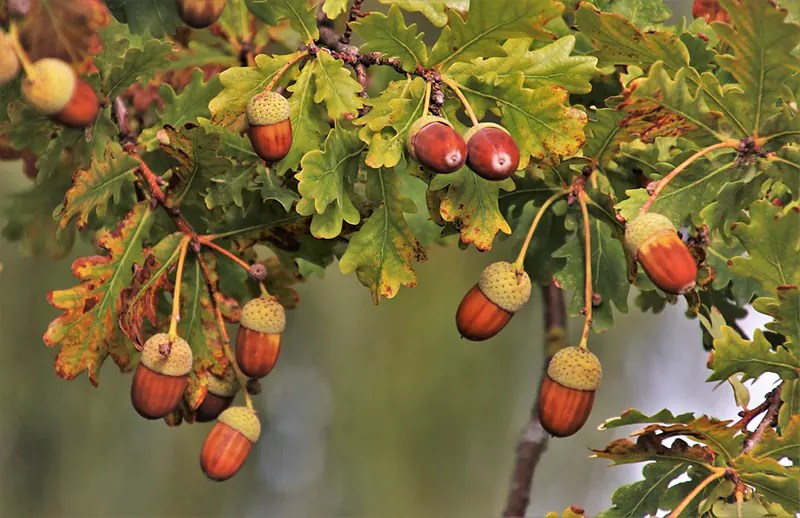
Everchanging Nature of Colors in Bonsai
The one aspect that people love about bonsai colors is that they often change throughout the year. While this is mostly seen on deciduous trees, there are a few evergreens that do the same thing. The Japanese Maple is a prime example of leaves that change every season, making it a wonder to behold.
While evergreens usually do as the name proclaims (remain green all year), some conifers actually do change color slightly. In winter when there’s less sun and heat, you may notice that the leaves become lighter in color. Summer and spring will see greener needles or leaves, but it depends on how much sunlight they receive.
Beauty in the Leaves
Even if you have an evergreen Juniper bonsai, you’ll love the beauty and shine of the needles. These small trees usually complement a white wall or other lighter colors in the surroundings. They also provide peace of mind when you’re pruning the small leaves.
There are so many tree species with unique leaves, such as the national tree of Ireland, the Sessile Oak. While the colors of the bonsai leaves are usually green, they’ll change to yellow, orange, or brown in autumn before dropping completely in winter. Even when this bare, it’s stunning to look at the skeletal structure.
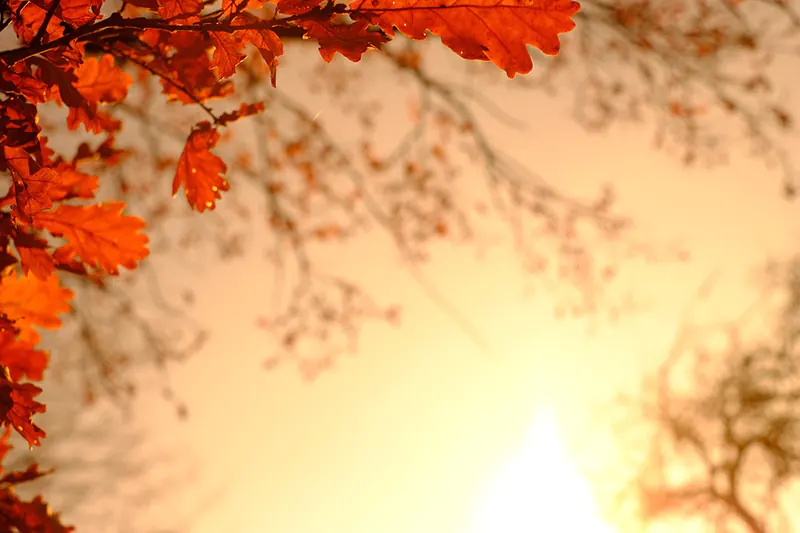
Gorgeous Flowers
One of the main reasons people love the colors of bonsai is the flowers. Most trees only flower once a year, but there are a select few that flower twice. One prime example of a stunning bonsai is the Azalea which loves to show off blooms in different hues, depending on the strain.
Some bonsai trees even have specialized leaves that look like flowers, such as the Bougainvillea. Even so, those tiny flowers look like sparkling stars wrapped within the kindness of the universe. They’ll light up your life every time you look at them, which we why we recommend having a bonsai in the office or at your home-office desk.
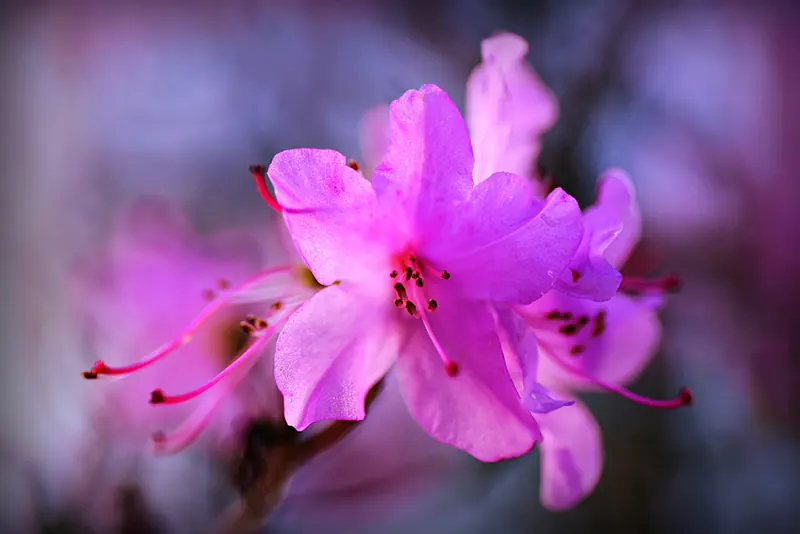
All in the Bark
While the leaves and flowers catch the most attention, there are some marvelous colors of bonsai hidden in the bark. You may be used to brown or dark red, but there are several other hues also available. Some pines have a blue tinge, while the Norfolk Island Pine has a stem so densely populated, you can almost not see the grey-brown scaly bark.
Sometimes, it’s not only the colors of bonsai bark that get all the attention. It also has to do with the texture. Take the Frosty Lacebark Chinese Elm, for instance. It looks like the outer wood has multiple colors with tiny scales, which gives it an impressive appearance.
Seeds and Fruit
The final elements that show outstanding colors of bonsai are seeds and fruit. If we look at some citrus trees, you’ll agree that small lemons and oranges only add to the beauty of bonsais. Even cherries and olives play their part at a much smaller scale.
There are also many legume trees that have drooping seed pods that look spectacular at the right time of the year. In this case, it has less to do with the bonsai color that the appearance. It provides the weeping effect to species that don’t usually have drooping leaves. Some conifers have cones that are purple or red instead of grey or brown, adding a new dimension to your bonsai area.
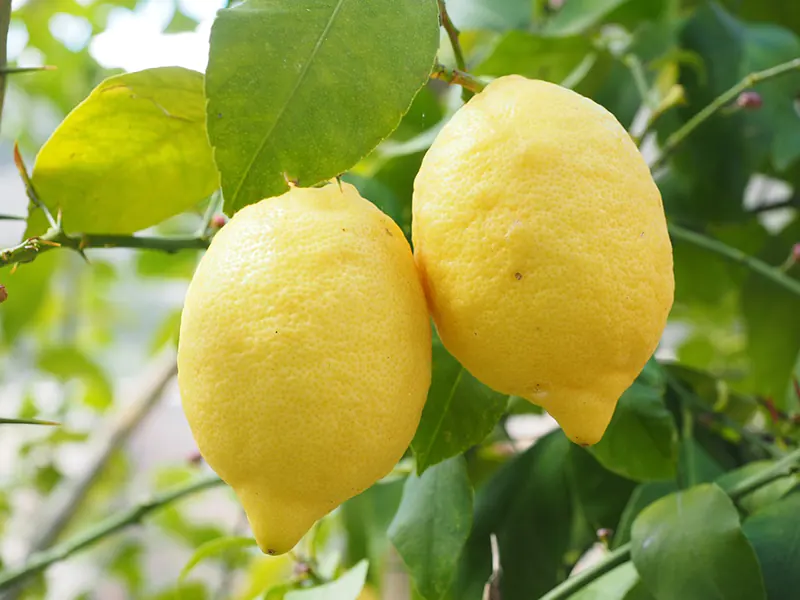
Moss and Substrate
Did you know that moss can add to the colors of bonsai? Most of them provide a layer of green over the soil, but they also have tiny flowers that pop up now and again. It looks like a lawn over the bed of your pot, matching or contrasting with the bark and foliage colors above it.
You can also add some color to your bonsai trees with small colored stones on the top of the soil. Perlite and pumice work incredibly well, as you can buy them in different hues and textures. There are also small crystals you can place as decorations, such as amethyst, rose quartz, or green aventurine.
Analyze the difference between pumice and perlite here with pros and cons!

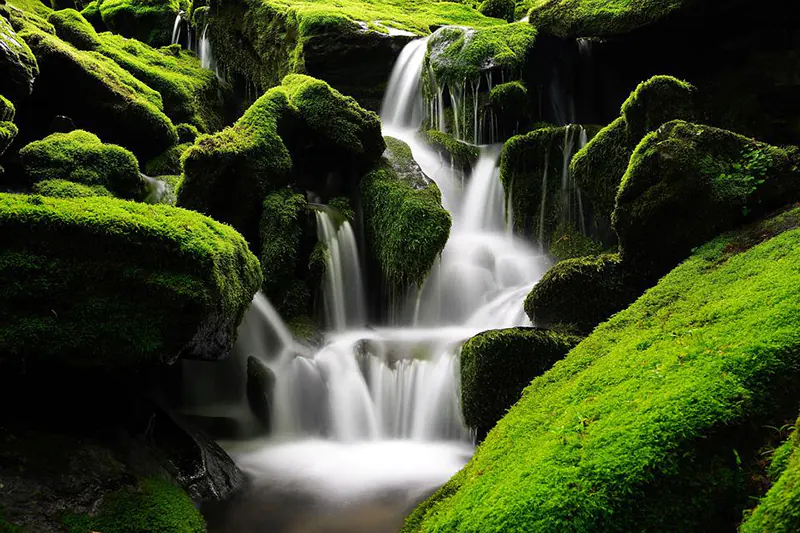
Color Matching
Some people are happy with the bonsai pots they receive when they buy the small tree. While the ceramic container may look gorgeous, it may not match the colors of your bonsai. It may not make a difference to you, but you’ll see how it lights up your life if you do some color matching.
In color theory, there’s a technique where you use opposing colors to complement each other. You can see below how it works, which explains why most bonsai pots are red to contrast with green leaves. You can also use the wheel for matching your pot and bonsai with the surrounding walls.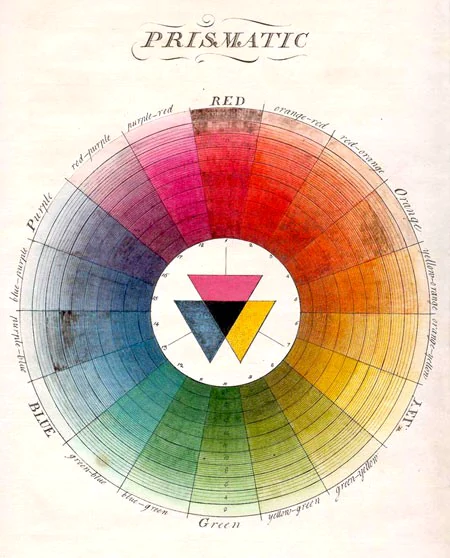
Attracting Wildlife
There’s one final aspect of the colors of bonsai to consider. If you place your small flowering trees outside, you’ll inevitably draw the attention of flying insects, such as bees, moths, and butterflies. With an assortment of species in your backyard, you’ll notice many different colored wings and bodies fluttering about, bringing more color to your yard.
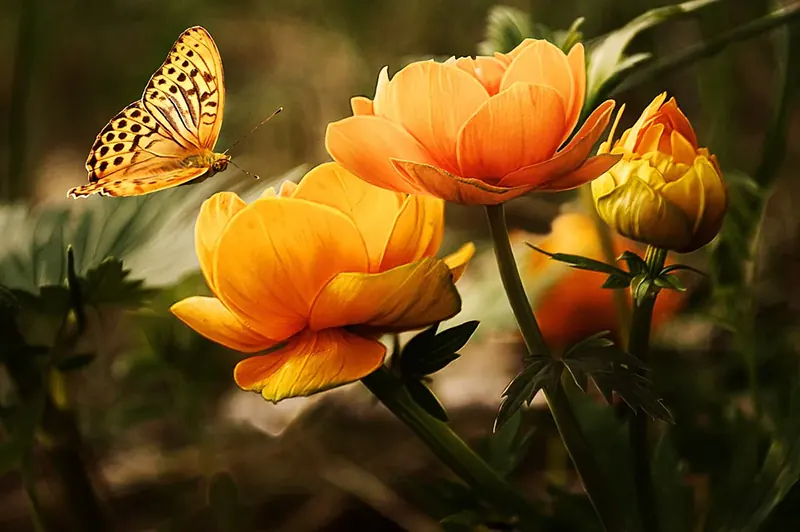
Final Thoughts on Colors of Bonsai
This news article stretched on longer than I intended, but know you know more about the colors of bonsais and why we love them so much. There are also several related articles I’ve added, which will enlighten you more on the specific topics.
Please feel free to share why you love bonsai colors so much and what they mean to you, even if it’s just to say how they help you calm down after a rough day.
Don’t miss out on our latest bonsai guides!
Don’t miss out on our latest bonsai guides! Bonsai Alchemist has been writing many guides over the last year in an effort to help you care for species you might have at home. It’s a passion of ours, not only growing our own small trees but also writing about them. However, you might have missed […]
The world is increasing its interest in the Hibiscus bonsai
The world is increasing its interest in the Hibiscus bonsai Something is stirring in the world of the Hibiscus bonsai tree. According to our latest information, it looks like it’s becoming a popular term to search for online in different parts of the world, even the United States. We’d love to say that perhaps we […]
Check out our A – Z bonsai gallery!
The Bonsai Show Live 2022: All You Need to Know During the past week, we’ve been busy working on an A to Z bonsai gallery to showcase our top bonsai trees with each letter in the alphabet. You might not think it’s possible, but we managed to pull together species and genera for each one […]
Newsletter
Subscribe to our newsletter and get the latest news and promotions. Be the first to learn about what’s new in Bonsai Alchemist and get 0 spam emails from us.


